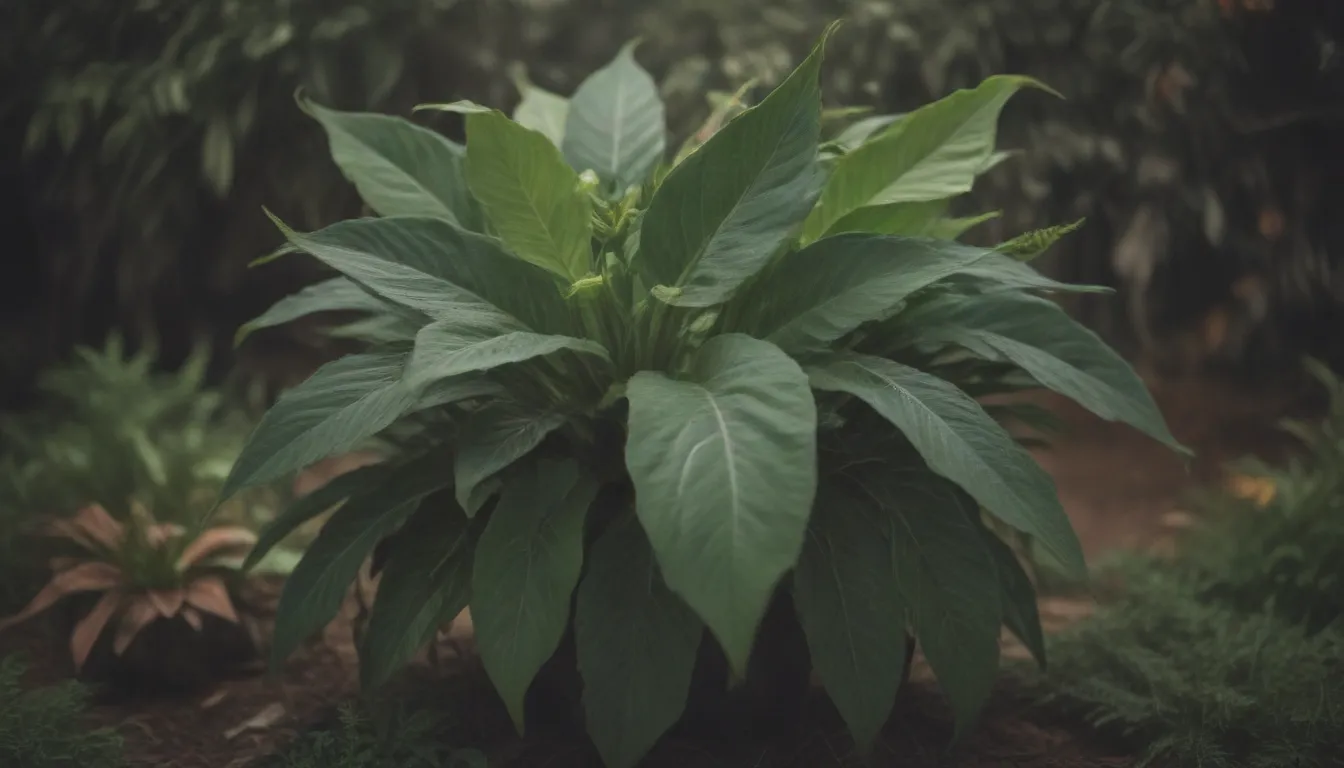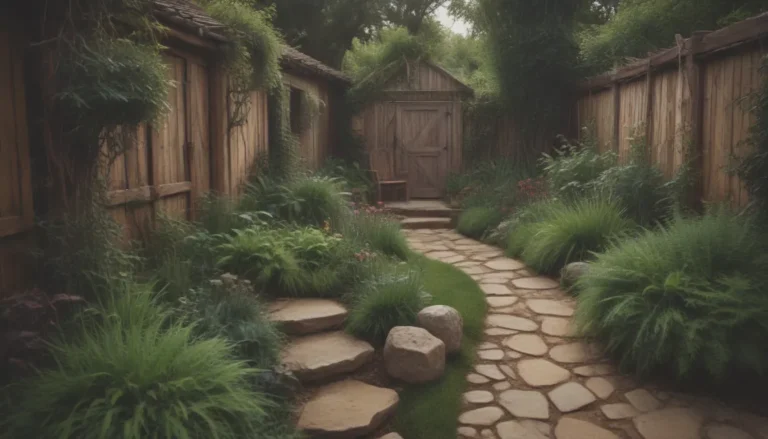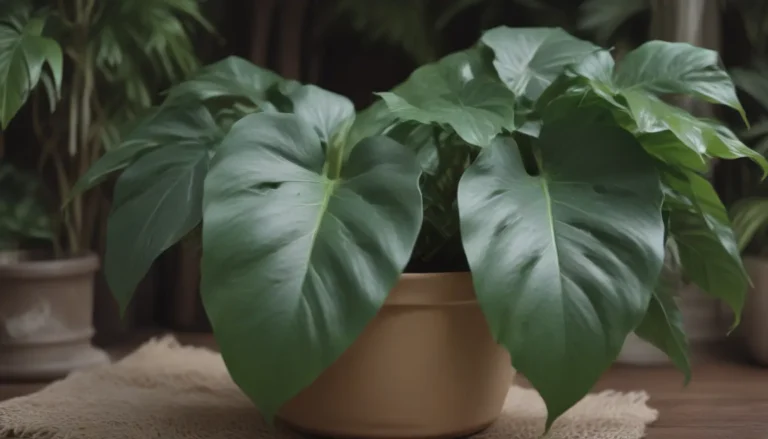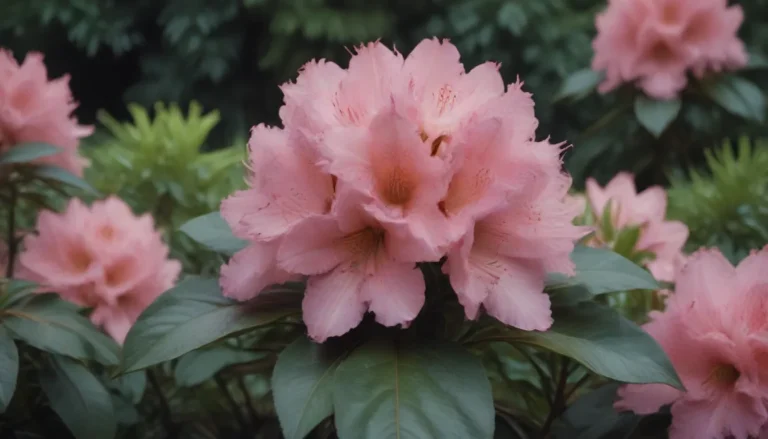The Complete Guide to Growing and Caring for Propeller Plants

Are you looking to add a touch of greenery to your living space without the hassle of high-maintenance plants? Look no further than the propeller plant – a low-maintenance succulent that is both beautiful and easy to care for. In this comprehensive guide, we will walk you through everything you need to know about growing and caring for propeller plants. From light and soil requirements to propagation and common problems, we’ve got you covered.
Introduction to Propeller Plants
Thepropeller plant, also known asCrassula falcata, is a unique succulent that gets its name from the resemblance of its grayish-green, sickle-shaped leaves to airplane propellers. This cold-sensitive plant thrives indoors in bright, indirect sunlight and is a popular choice for xeriscape gardens due to its striking red clusters of tiny flowers that bloom in the summer.
Propeller Plant Care
Propeller plants are relatively easy to care for, but they do have specific requirements that must be met to ensure their health and longevity. Here are the main care guidelines for growing a propeller plant:
-
Light: Propeller plants thrive in bright, indirect sunlight. A sunny south-facing window is ideal, but be cautious of intense afternoon sun that can scorch the leaves. Aim for three to four hours of direct sun or six to eight hours of indirect sun daily.
-
Soil: Proper drainage is crucial for propeller plants, as they are prone to root rot. Use a well-draining potting medium, such as premade cactus soil, or create your own blend with potting soil, pumice, sand, gravel, or perlite. Propeller plants prefer acidic to neutral soil pH.
-
Water: While propeller plants are drought-tolerant, they benefit from regular watering during the growing season. Avoid overwatering, as soggy soil can lead to root rot. Water slowly and deeply from the base of the plant and allow the soil to dry out between waterings.
-
Temperature and Humidity: Propeller plants are not cold-hardy and should be kept away from temperatures below 20°F. Maintain average home humidity levels and avoid drafty areas to ensure your plant thrives.
-
Fertilizer: While propeller plants can survive without fertilizer, occasional feeding with a diluted cacti formula during the growing season can promote healthy growth.
Propagating Propeller Plants
If you want to expand your propeller plant collection, propagation is simple and can be done during the growing season. The most common methods of propagation include leaf cuttings, offsets, and side shoots. Here’s how to propagate your propeller plant from leaves:
Potting and Repotting
Propeller plants benefit from repotting in the warm growing season when they become rootbound. Repotting promotes better water absorption and vigorous growth. Choose a pot slightly larger than the current one and remove any rotted roots during repotting.
Blooming Propeller Plants
While propeller plants are not likely to bloom indoors, outdoor plants can produce vibrant flowers during the summer months. To encourage blooming, provide ample sunlight and water without overwatering.
Common Pests and Diseases
Propeller plants are generally disease-free but can be susceptible to mealybugs and spider mites. Use insecticides or neem oil to control infestations.
Common Problems and Solutions
If your propeller plant leaves are dropping or turning yellow, it may indicate watering issues. Overwatering can lead to leaf drop, while underwatering or low light can cause yellowing leaves. Monitor your plant’s growth and adjust watering accordingly.
Overall, propeller plants are a beautiful addition to any indoor or outdoor space. With proper care and attention, these succulents can live for decades, bringing a touch of greenery and tranquility to your surroundings. Remember to provide adequate light, well-draining soil, and occasional fertilization to ensure your propeller plant thrives for years to come.
So, whether you’re a seasoned plant enthusiast or a beginner looking to green up your space, consider adding a propeller plant to your collection. With its unique appearance and easy care requirements, this succulent is sure to bring joy and beauty to your home. Happy planting!





